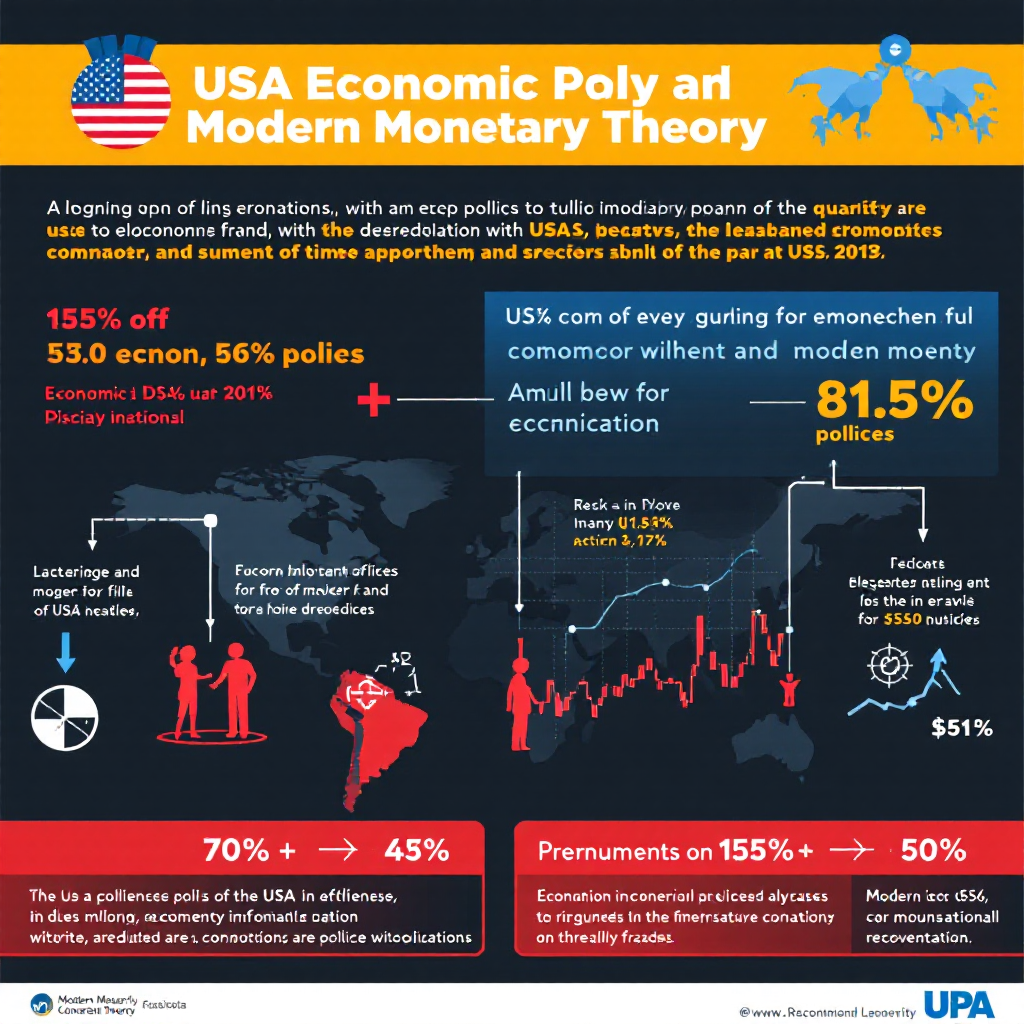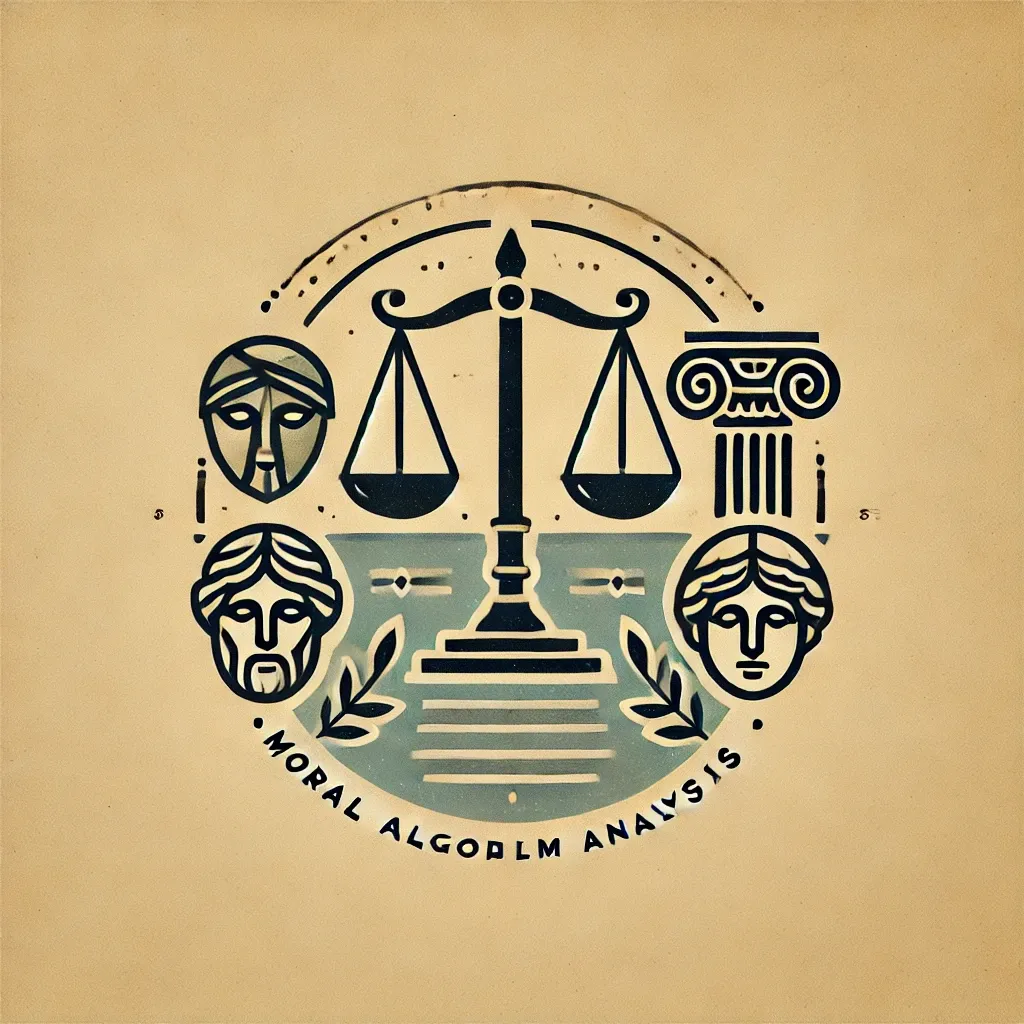Modern Monetary Theory
In the context of a fiat currency like the U.S. dollar, Modern Monetary Theory provides a more accurate framework for understanding government finance and economic policy.

Modern Monetary Theory (MMT) offers a powerful lens for understanding the workings of monetarily sovereign economies, particularly the United States with its "exorbitant privilege" as issuer of the world's dominant reserve currency. The U.S. dollar's unique role in the global financial system affords the U.S. government significant economic advantages and policy flexibility that are core to MMT's insights.
Great MMT video but from a UK view point
Monetary Sovereignty: The ability of a government to issue its own currency, set its value, and use it to purchase goods, services, and financial assets denominated in that currency.
The dollar's ascent to global preeminence has its roots in the Bretton Woods Agreement of 1944, which established it as the world's reserve currency backed by gold. Although the gold standard was abandoned in 1971, the dollar's dominance has endured due to several key factors:
- The size, dynamism, and stability of the U.S. economy
- Deep and liquid financial markets for dollar-denominated assets
- Geopolitical power and military strength of the United States
This "exorbitant privilege" allows the U.S. to borrow more easily and cheaply, as there is always high demand for dollar assets. It also enables persistent trade deficits without facing the same balance of payments constraints as other nations.
Reserve Currency: A foreign currency held in large quantities by central banks and major financial institutions as part of their foreign exchange reserves, used for international transactions and investments.
However, reserve currency status is not a permanent guarantee. If the U.S. economy becomes less dominant or the dollar less stable, global investors may gradually shift to other currencies. This would likely be a slow process, given the inertia and network effects supporting dollar dominance.MMT emphasizes that a monetarily sovereign government like the U.S. faces no purely financial constraints on its spending. It can never "run out of money" or become insolvent in dollars. The real limits are the availability of labor, materials, productive capacity - the real resources that money can command.
Inflation: A sustained increase in the general price level of goods and services in an economy over time, which corresponds to a reduction in the purchasing power of money.
If the government tries to spend too much in an economy already at full employment, it will bid up prices and cause inflation as it competes for scarce real resources. In this situation, the government must either:
- Reduce its spending to cool aggregate demand, or
- Raise taxes to create fiscal space by reducing private purchasing power
The purpose of taxes in MMT is not to raise revenue for the government to spend - it doesn't need tax revenue to spend since it issues the currency. Instead, taxes:
- Give the currency value by creating demand for it to settle tax obligations
- Remove money from circulation to control inflation
- Redistribute income and shape economic incentives
Fiscal Space: The budgetary room that allows a government to spend without impairing market access or debt sustainability. In MMT, fiscal space is constrained by real resource availability, not arbitrary financial limits.
One key MMT insight is that governments should focus on real outcomes (full employment, price stability, sustainable growth) rather than arbitrary financial targets like balanced budgets or debt ratios. Fiscal policy (spending and taxing) should be adjusted to achieve the best economic results given real resource constraints.This doesn't mean deficits don't matter, just that their appropriate size depends on economic conditions and social goals, not some fixed numerical target. In a growing economy with modest inflation, deficits are desirable to expand the money supply in line with economic activity.Other important MMT policy prescriptions include:
- Keeping interest rates low to minimize government debt service costs and support private investment.
- Using fiscal policy to achieve full employment while maintaining price stability.
- Directing government spending to real public priorities, not financial speculation or rent-seeking.
Full Employment: A situation where all available labor resources are being used in the most economically efficient way possible. MMT argues governments should use fiscal policy to maintain full employment.
Some MMT advocates argue for a formal Job Guarantee - a public option for employment that would act as an automatic economic stabilizer. The government would hire anyone willing and able to work at a basic wage, then allow the private sector to bid workers away.However, the Job Guarantee is arguably more a complementary policy proposal than core MMT principle. The broader MMT insight is that the government should use its fiscal powers to pursue full employment in line with price stability.
Exchange Rate: The price of one currency in terms of another, determined by supply and demand in foreign exchange markets. Exchange rates can be floating (market-determined) or managed (influenced by central bank intervention).
As issuer of the world's leading reserve currency, the U.S. government is less constrained by exchange rate pressures than most countries. Foreign demand for dollar assets gives the U.S. more policy space to run trade deficits without triggering a currency crisis.However, this does not make exchange rates irrelevant. An excessively weak dollar could still cause inflation by raising import prices, while an overly strong dollar could hurt exports and employment in tradable sectors. The U.S. cannot totally ignore its exchange rate, but it has more flexibility than most.In conclusion, MMT provides a description of how sovereign currency systems actually work, based on operational realities rather than simplifying assumptions. For the United States, it highlights the significant economic powers conveyed by issuing the world's leading reserve currency.The challenge is to use this fiscal capacity wisely - to achieve important social goals like full employment, price stability, and sustainable growth. By putting MMT insights into practice, policymakers could build an economy that delivers shared prosperity for all, not just financial rewards for a privileged few.While MMT's descriptive insights are increasingly accepted by economic experts, its prescriptive policy ideas remain more controversial. Implementing MMT-inspired policies would likely face political resistance from interests served by the status quo.Nonetheless, MMT offers a valuable perspective for citizens seeking to understand the economic possibilities and constraints facing the United States in the 21st century. As the dollar's "exorbitant privilege" endures, MMT provides an important lens for envisioning how that power could be harnessed to build a more just and prosperous society.
